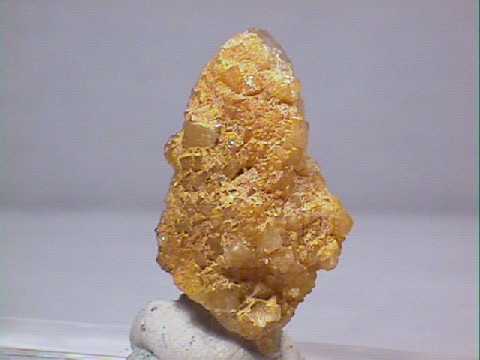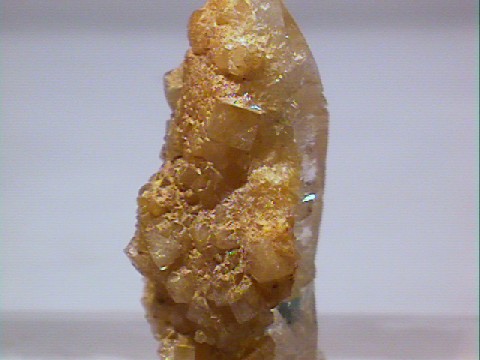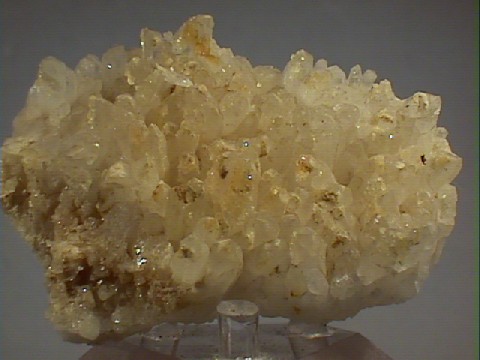 THE MINERAL WOODHOUSEITE
THE MINERAL WOODHOUSEITE
- Chemistry: CaAl3PO4SO4(OH)6, Calcium Aluminum Phosphate Sulfate Hydroxide.
- Class: Sulfates; although sometimes classified as a Phosphate.
- Group: Beudantite
- Uses: Only as mineral specimens.
Specimens
Woodhouseite is a difficult mineral to classify in that it has both a phosphate anion group and a sulfate anion group. The phosphate anion group would normally dictate that woodhouseite be classified in the Phosphate Class of minerals. But woodhouseite's sulfate anion is intricate and essential in its structure, while the phosphate anions can be substituted for to at least a limited degree. Some other classification schemes may place woodhouseite in the Phosphate Class however.
PHYSICAL CHARACTERISTICS:
- Color is flesh-colored, pink, pale orange to colorless.
- Luster is vitreous.
- Transparency: Specimens are mostly translucent to small crystals being transparent.
- Crystal System is trigonal.
- Crystal Habits include pseudocubic rhombohedrons and wedge-shaped crystals. Distorted and modified rhombohedrons are also seen. Faces tend to be curved and striated.
- Cleavage is perfect in one direction (basal).
- Hardness is 4.5
- Specific Gravity is approximately 3.0 (average for non-metallic minerals).
- Streak is white.
- Associated Minerals include quartz, topaz, tourmaline, andalusite and svanbergite.
- Notable Occurrence is limited to the Champion Andalusite Mine on the western slopes of the White Mountain Peak in Mono County, California, USA.
- Best Field Indicators are crystal habit, striations, color and locality.





